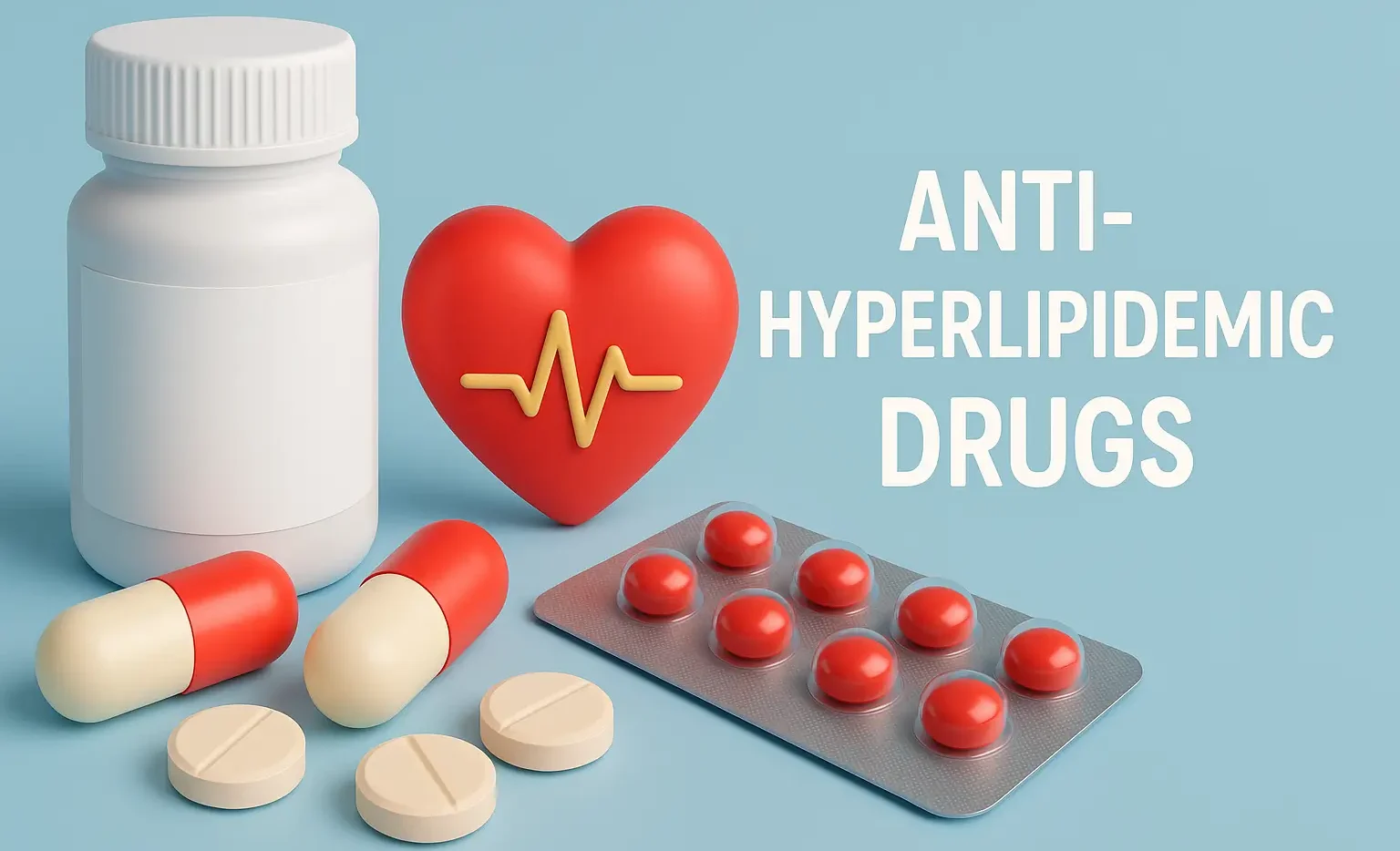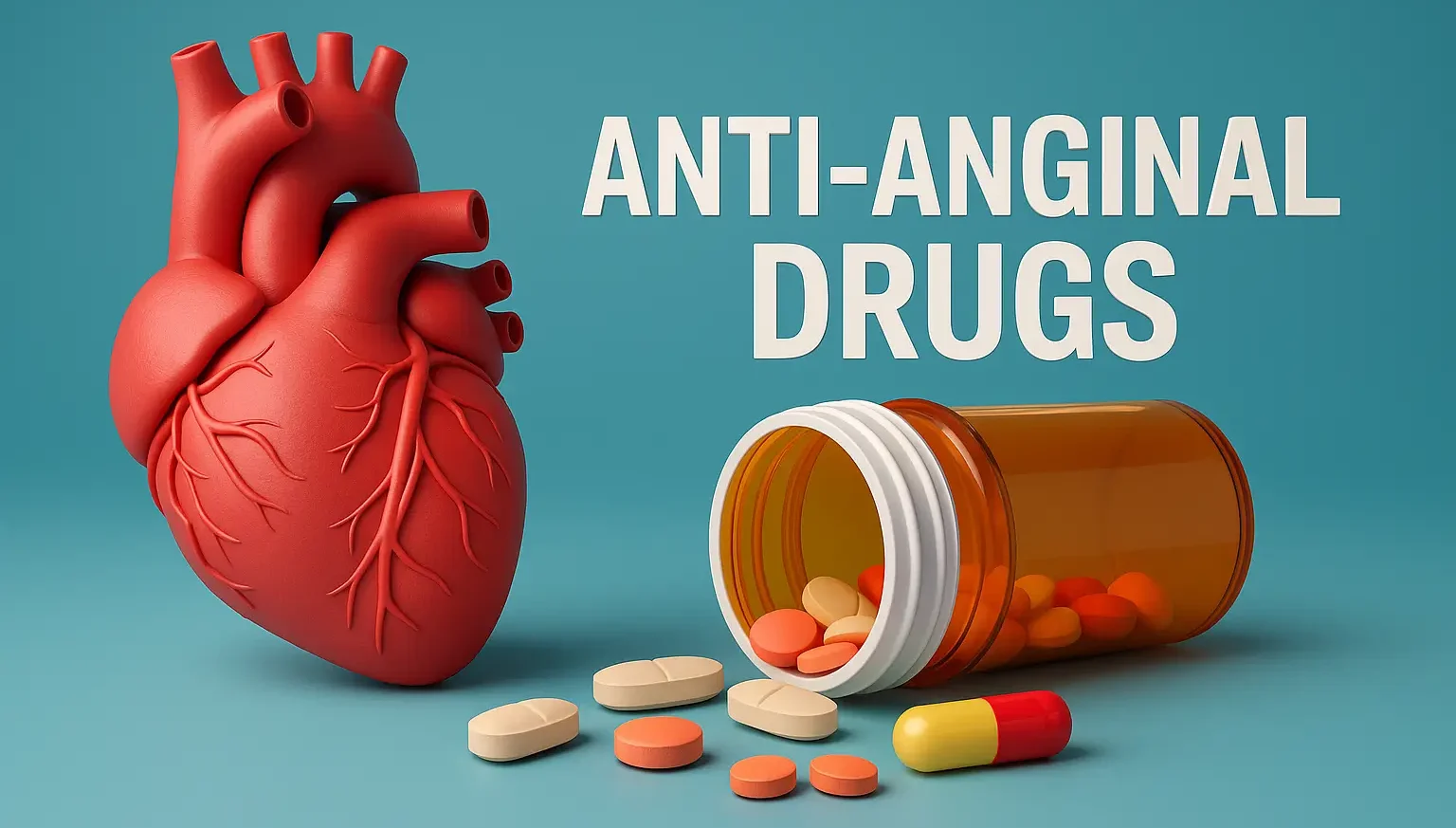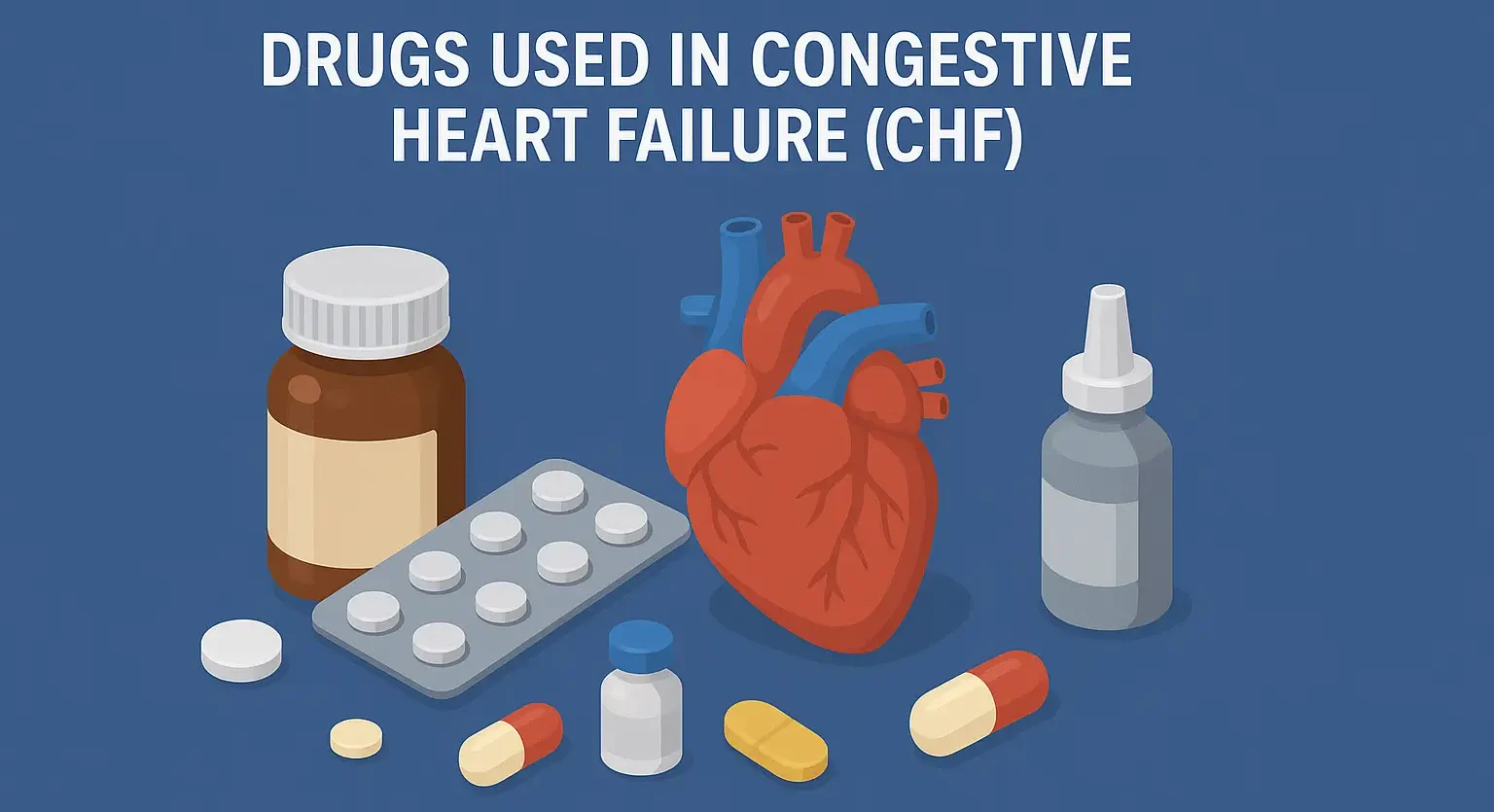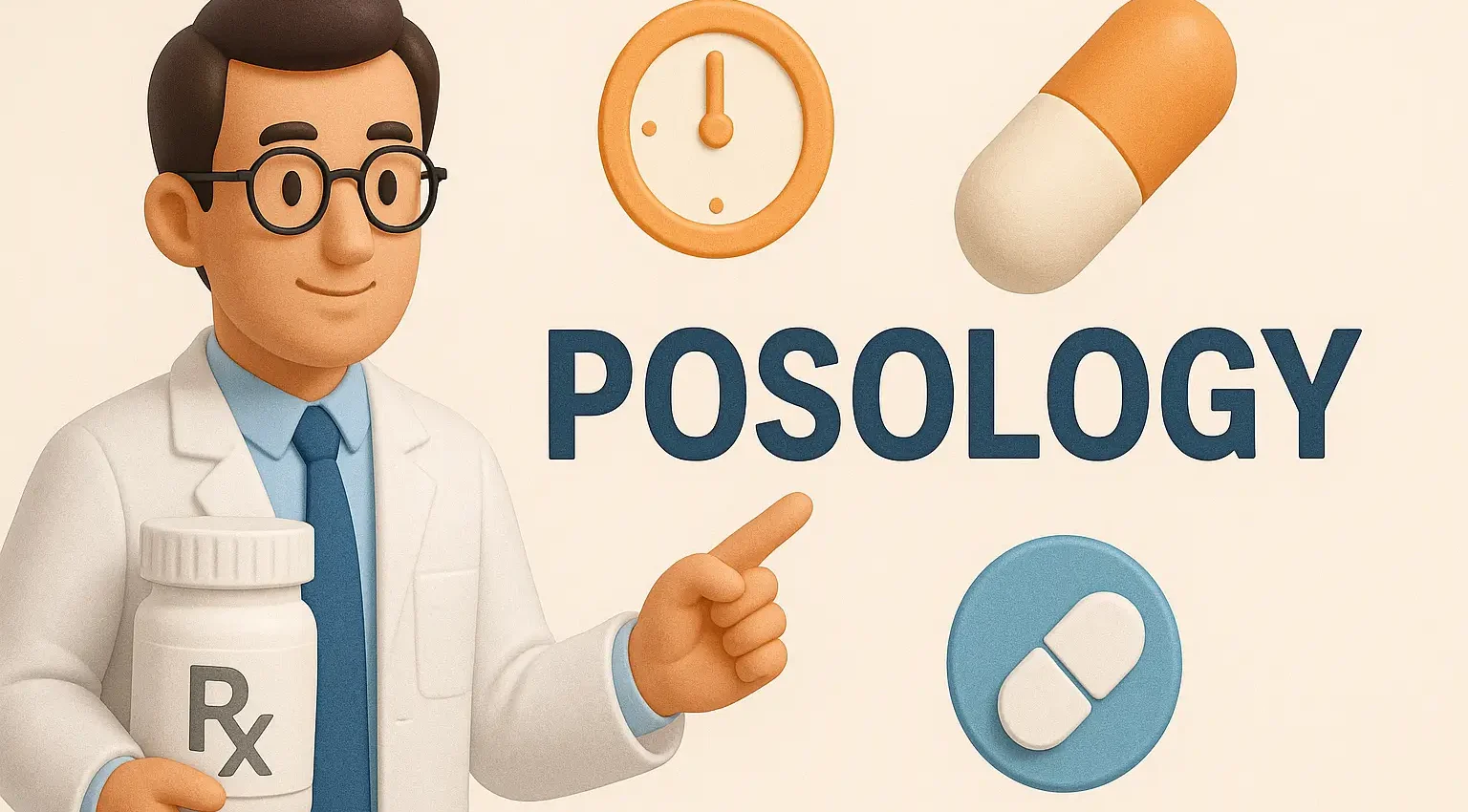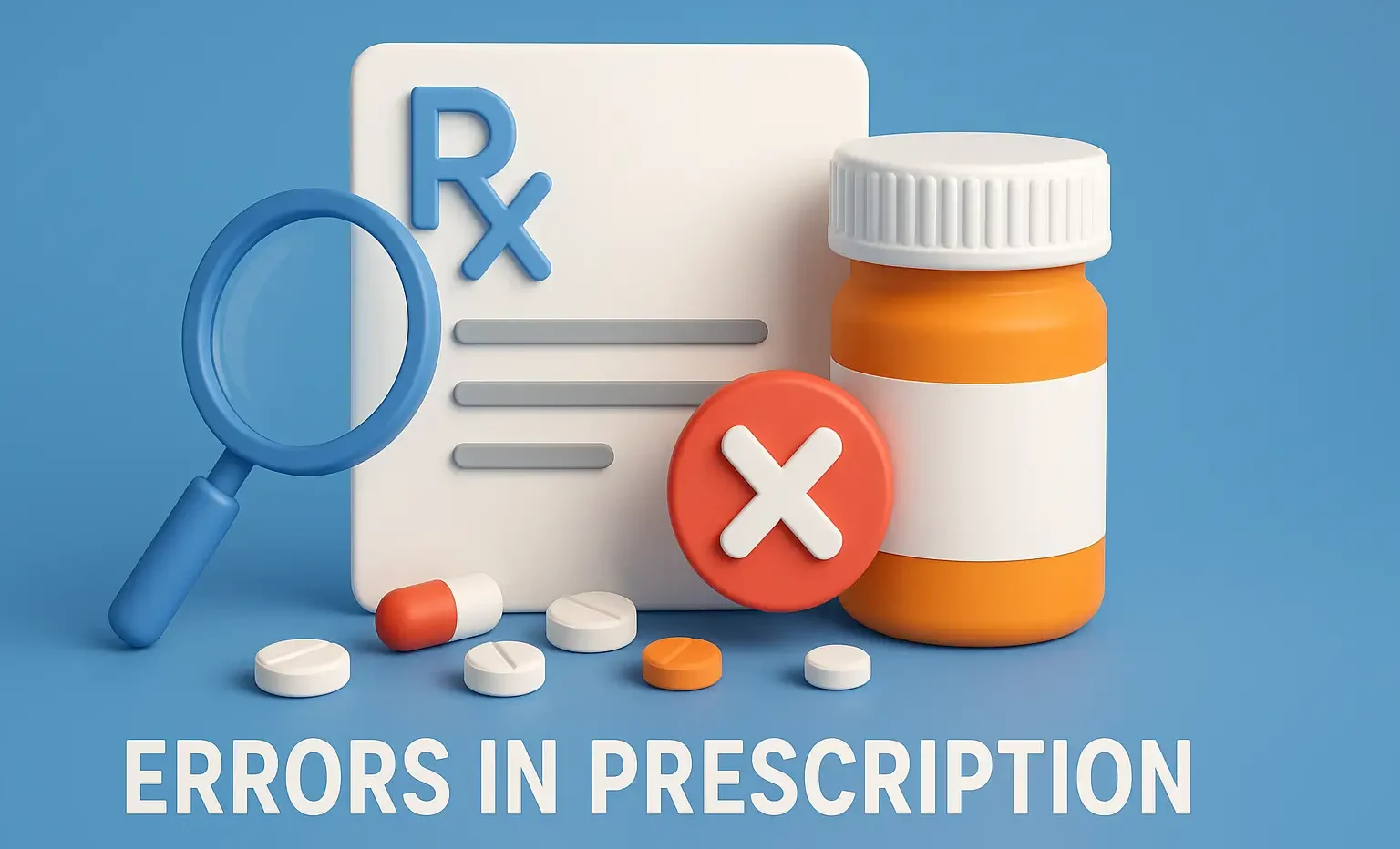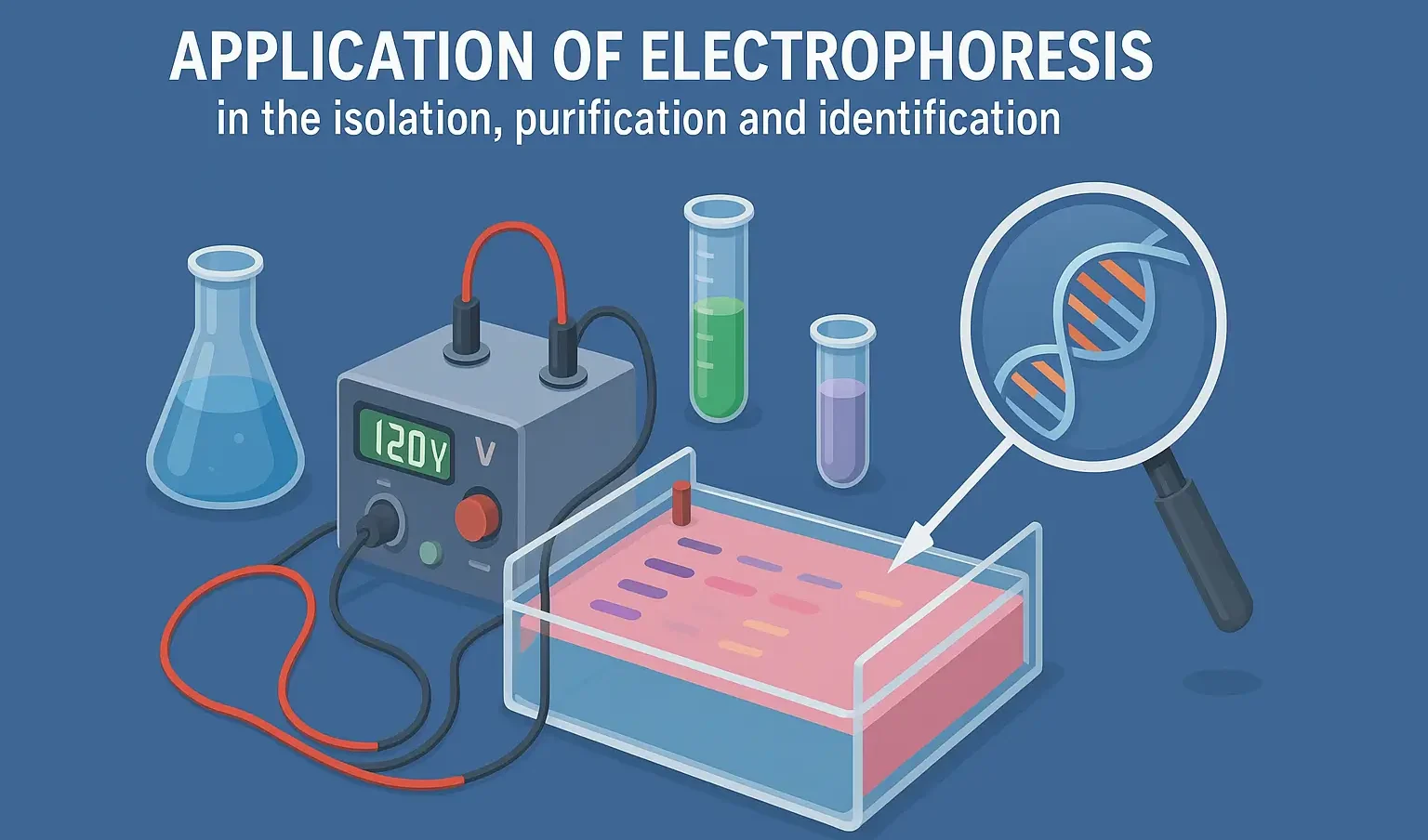Anti-Anginal Drugs
Anti-Anginal Drugs are medications that relieve chest pain in angina by improving blood flow to the heart or reducing its oxygen demand. Anti-anginal drugs are medications used to alleviate and prevent angina pectoris (chest pain) resulting from myocardial ischemia. They work by either increasing the oxygen supply to the heart muscle or decreasing its oxygen … Read more


